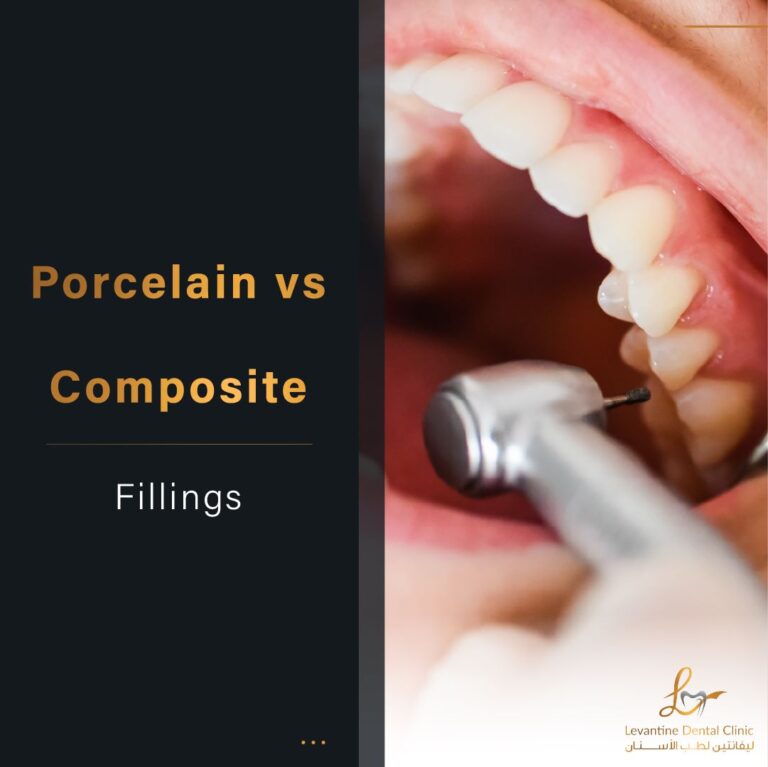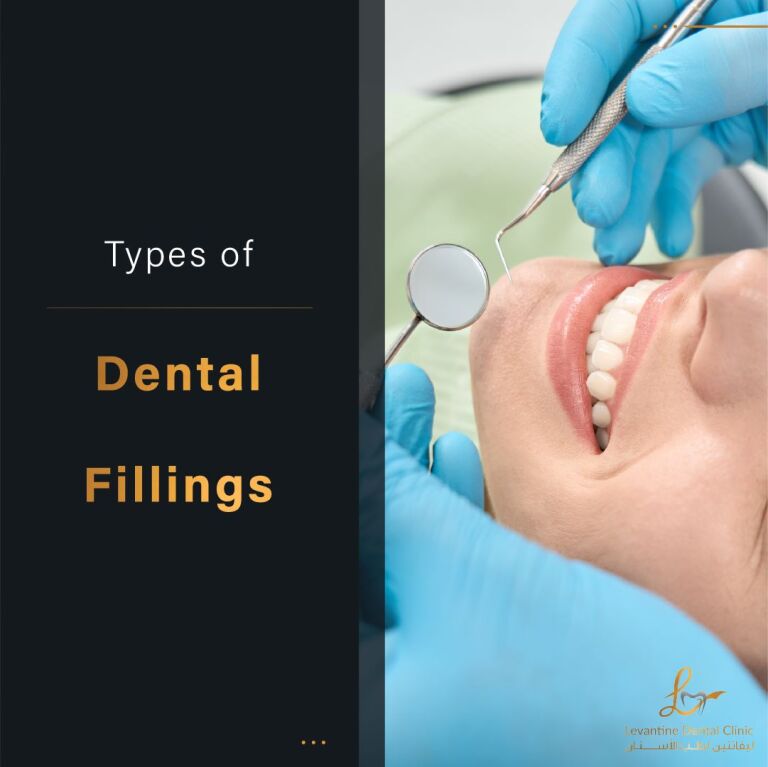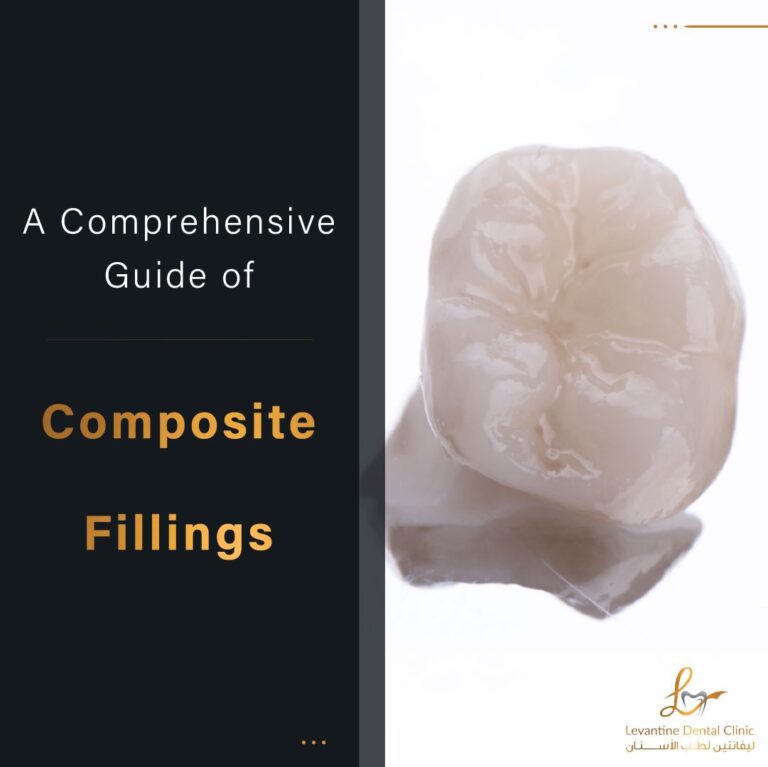When it comes to oral hygiene, brushing your teeth twice a day is just one part of the equation. Flossing is the other crucial component that you shouldn’t overlook. Flossing removes plaque and food particles that your toothbrush can’t reach and helps prevent gum disease, cavities, and bad breath. In this blog, we’ll discuss the importance of flossing, how to floss properly, and some tips for making flossing a regular part of your dental hygiene routine.
Why is Flossing Essential?
- Prevents Gum Disease
Flossing removes plaque from between your teeth and along the gum line, which prevents gum disease. When plaque builds up along the gumline, it can lead to inflammation, bleeding, and eventually gum disease. Gum disease is a serious condition that can cause tooth loss and has also been linked to other health issues such as heart disease, stroke, and diabetes.
- Reduces Risk of Cavities
Flossing also helps prevent cavities. When you don’t remove food particles and plaque from between your teeth, bacteria can grow and produce acid that eats away at your tooth enamel, leading to cavities.
- Improves Bad Breath
Food particles that are left in your mouth can also cause bad breath. Flossing removes those particles, preventing the buildup of bacteria and reducing the likelihood of bad breath.
How to Floss Properly?
- Choose the Right Floss
There are different types of floss available, including waxed, unwaxed, flavored, and unflavored. Choose the type of floss that you prefer and that works best for your teeth. If you have wider gaps between your teeth, use a thicker floss. If you have tight spaces between your teeth, use a thinner floss.
- Use Enough Floss
Cut off about 18 inches of floss and wind most of it around one of your middle fingers. Wind the remaining floss around the same finger on the other hand. Hold the floss tightly between your thumbs and forefingers.
- Glide Floss Between Teeth
Gently glide the floss between your teeth, curving it around each tooth in a “C” shape. Be sure to go below the gumline, but don’t snap the floss against your gums.
- Use a Fresh Section of Floss
Use a fresh section of floss for each tooth, and don’t forget to floss the back of your last molars.
Tips for Making Flossing a Regular Part of Your Dental Hygiene Routine
- Set a Reminder
Set a reminder to floss at the same time each day. It takes about 21 days to form a habit, so try to stick with it for at least three weeks.
- Floss While Watching TV
Flossing can be a bit boring, so why not do it while watching TV? It’s a great way to make flossing a regular part of your routine and keep your teeth and gums healthy.
- Reward Yourself
Reward yourself for flossing regularly. Treat yourself to a movie, a favorite snack, or something else you enjoy. Positive reinforcement can help make flossing a habit.
In conclusion, flossing is an essential part of a healthy dental hygiene routine. It helps prevent gum disease, reduces the risk of cavities, and improves bad breath. By flossing properly and making it a regular habit, you can maintain a healthy smile and avoid costly dental procedures in the future. Talk to your dentist about the best flossing techniques and products for your individual needs.






